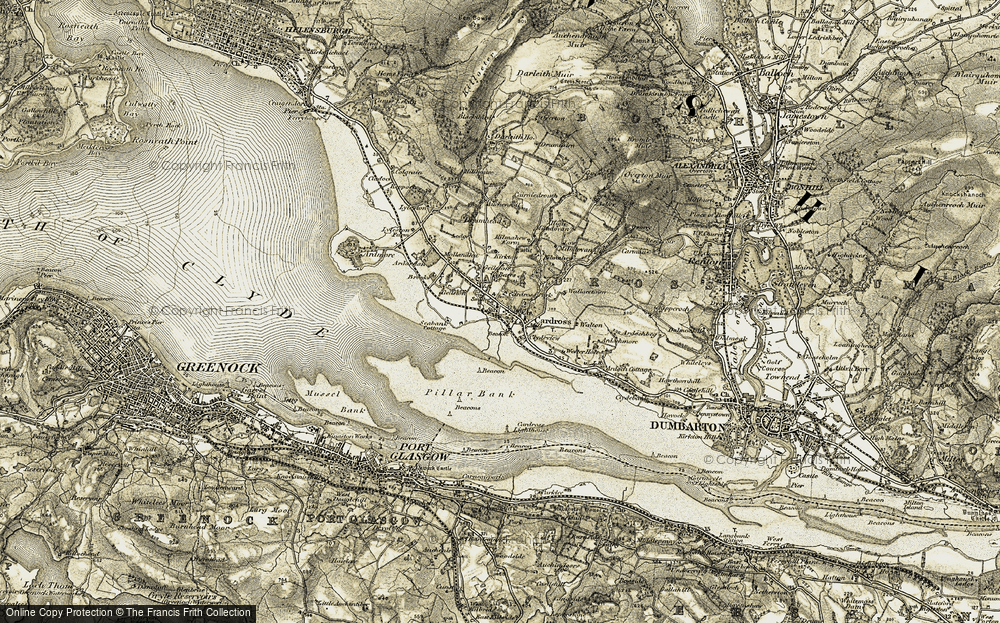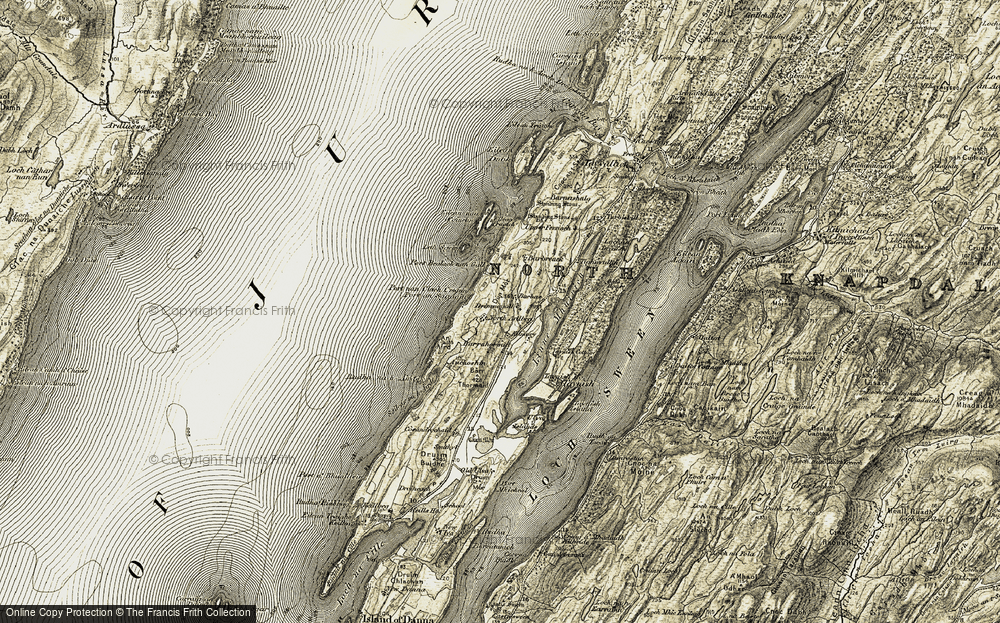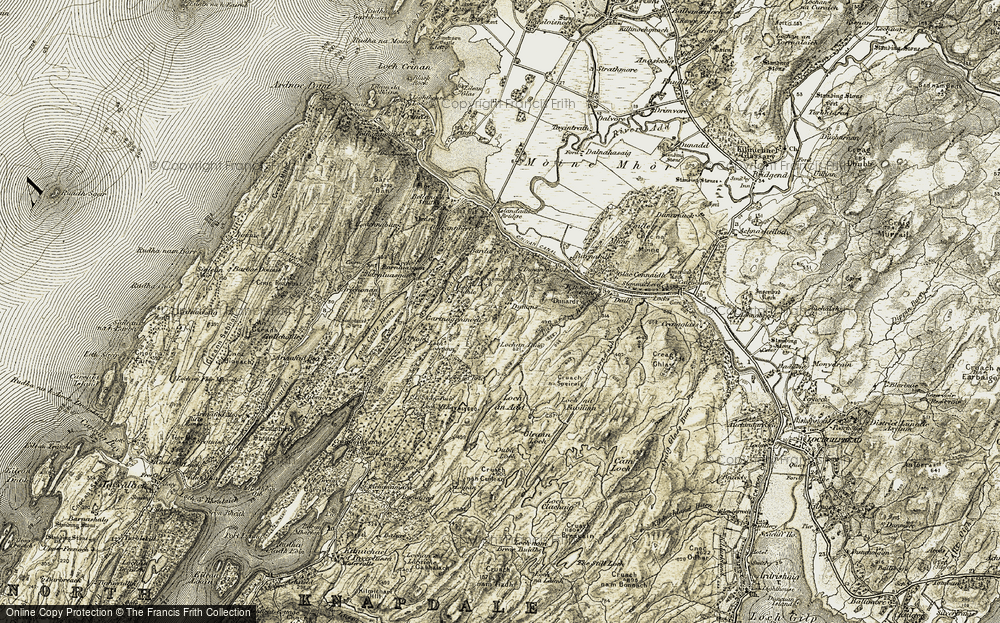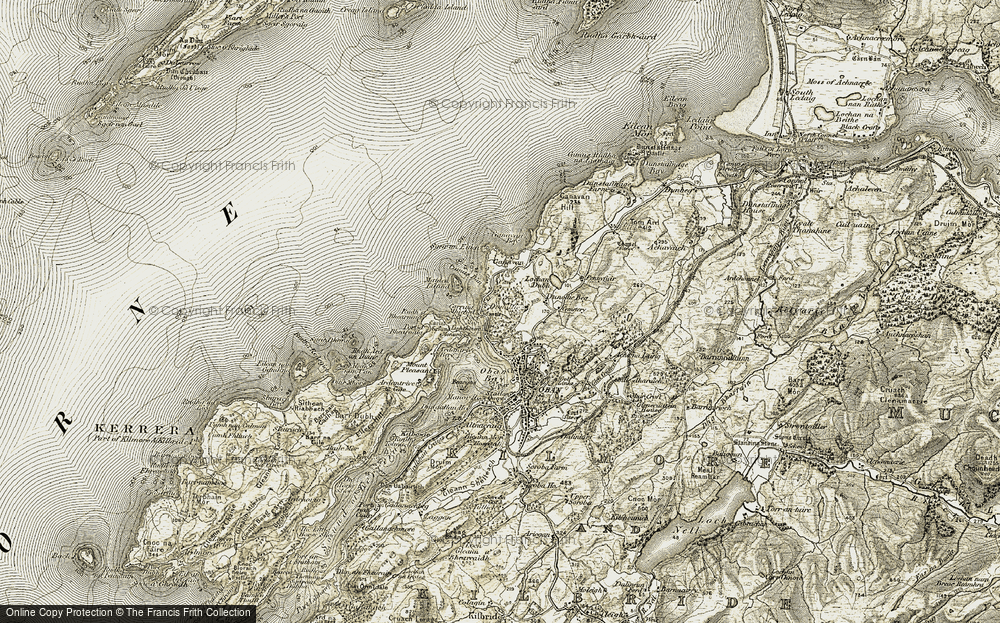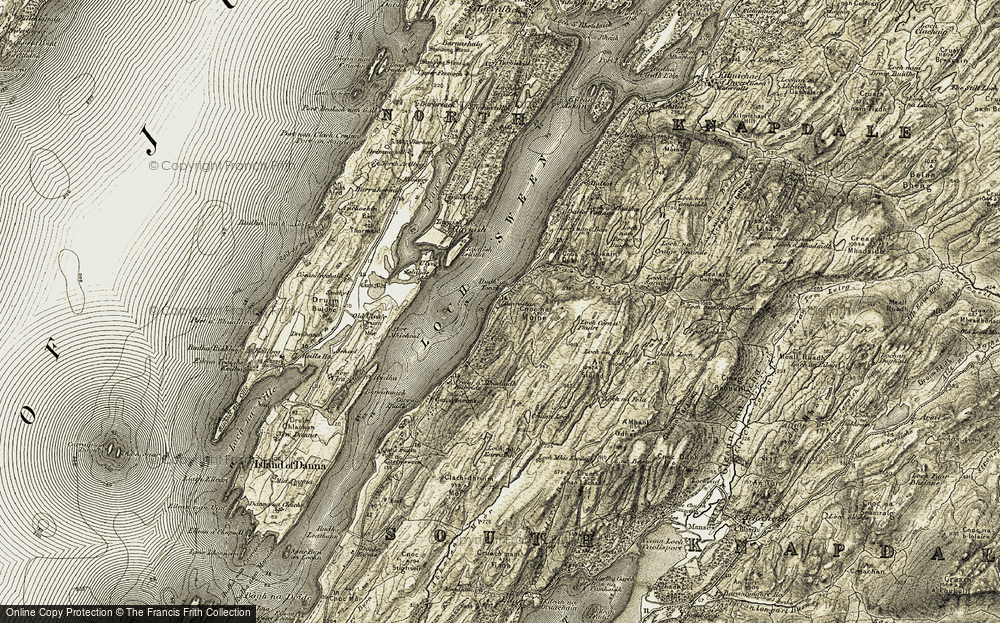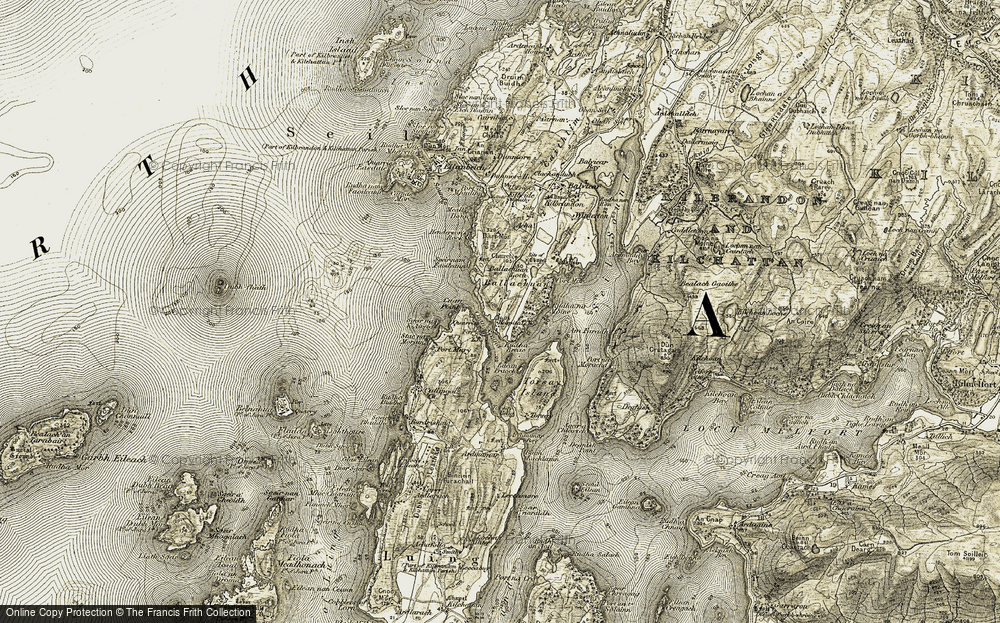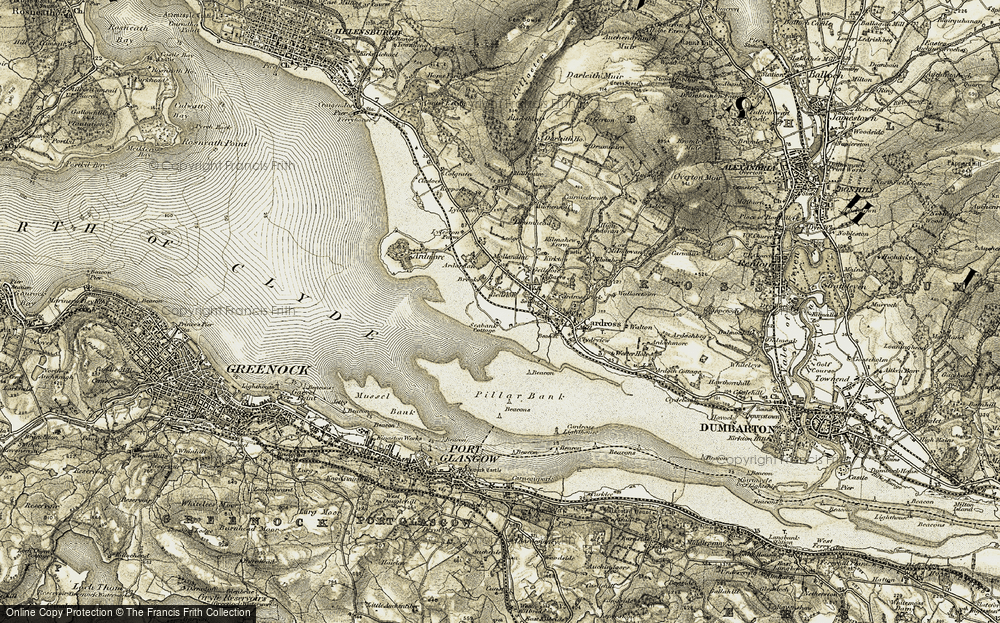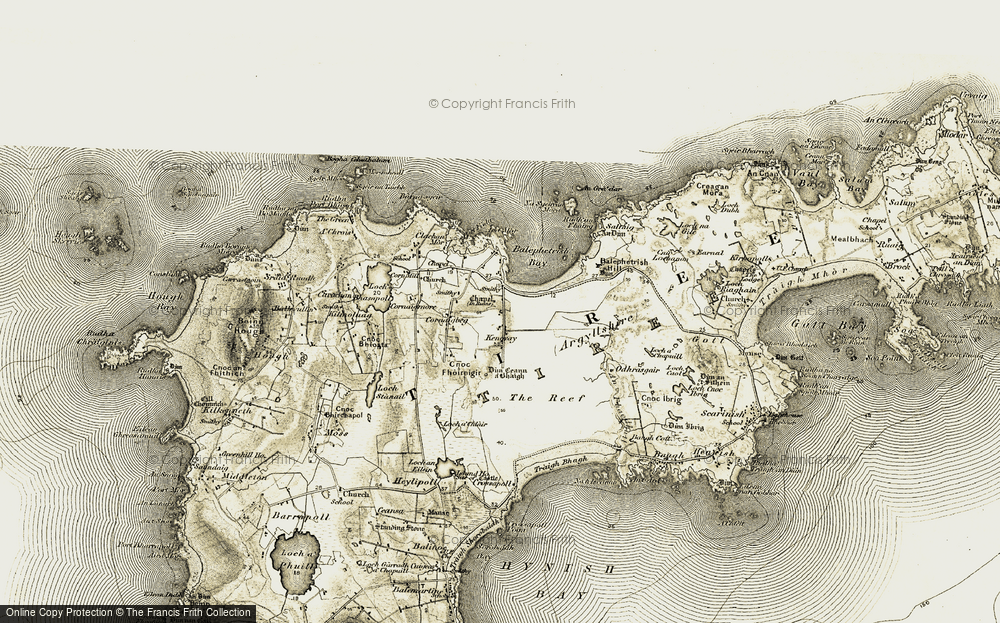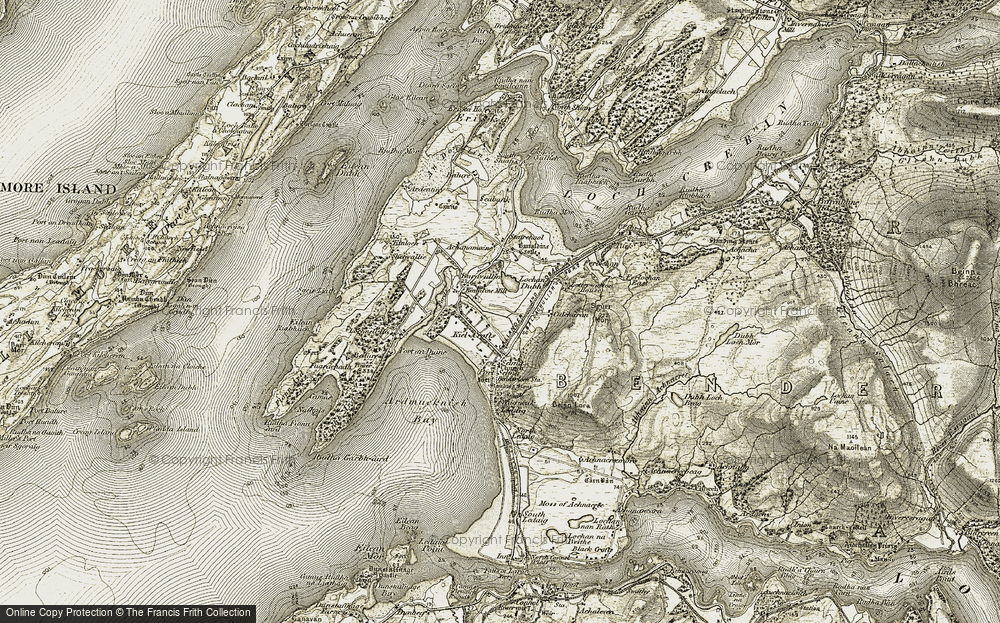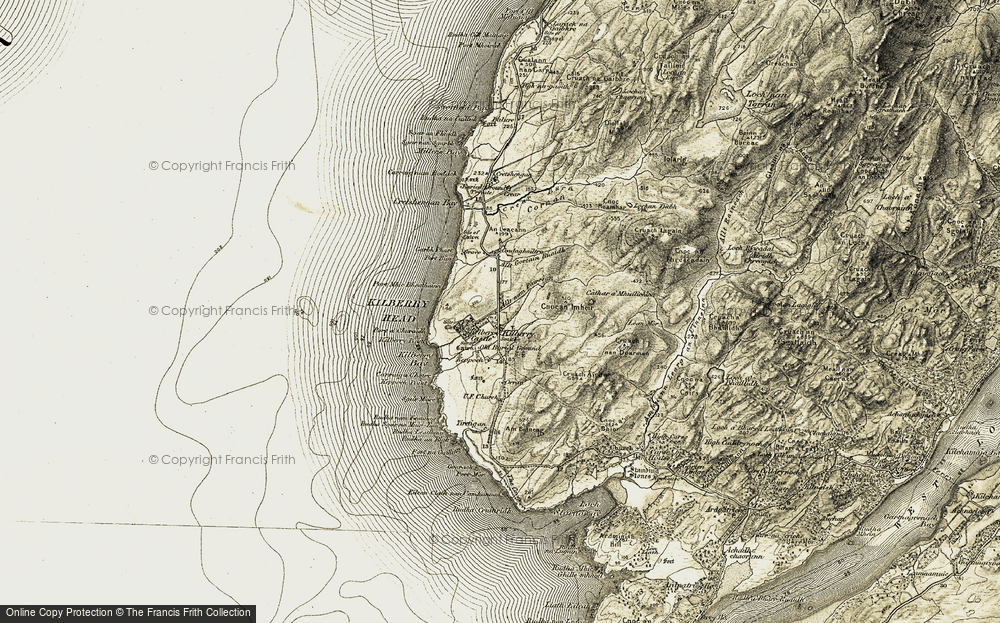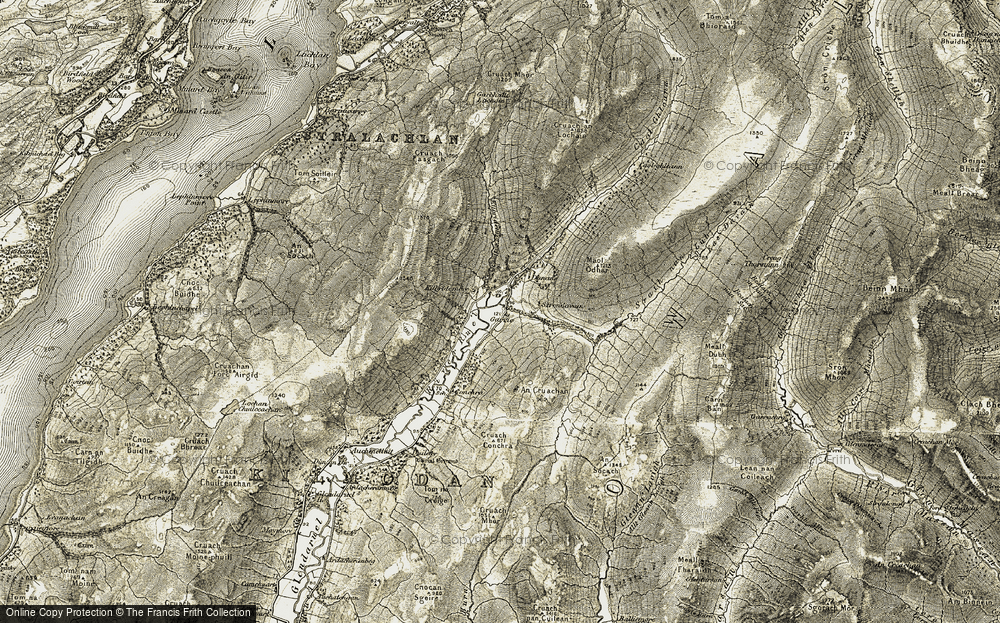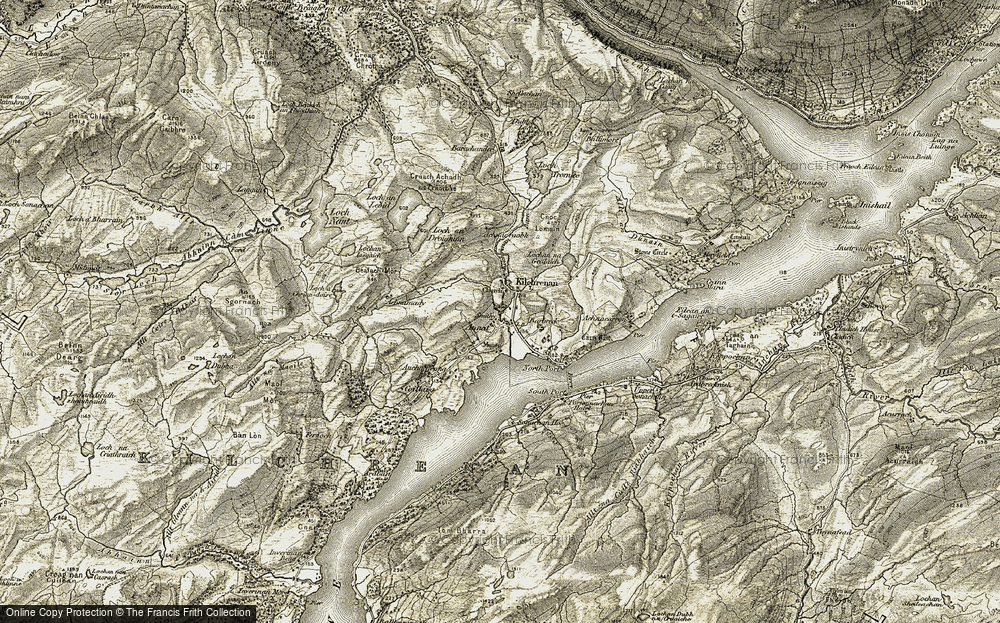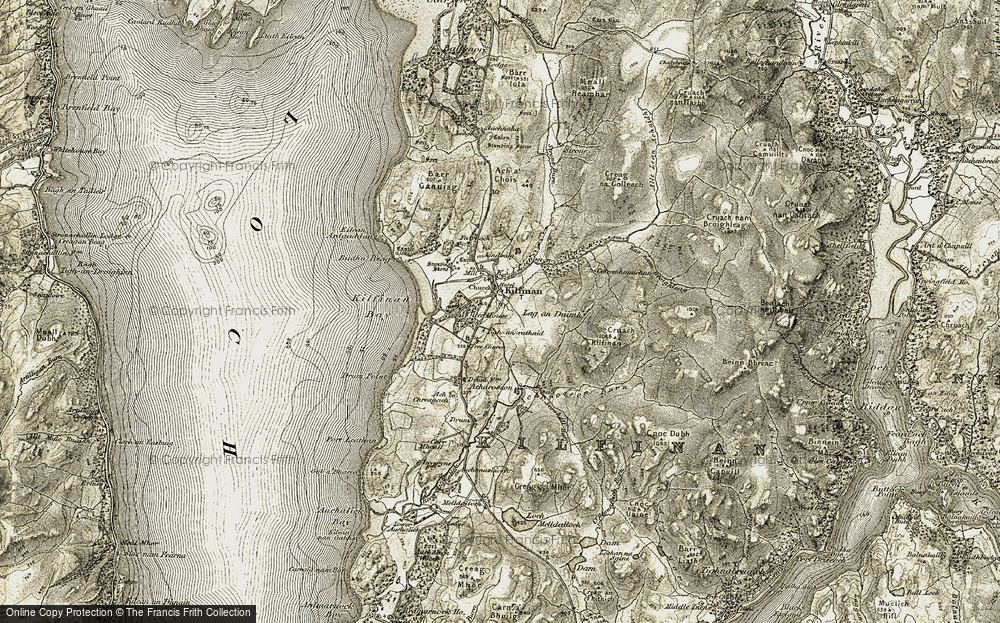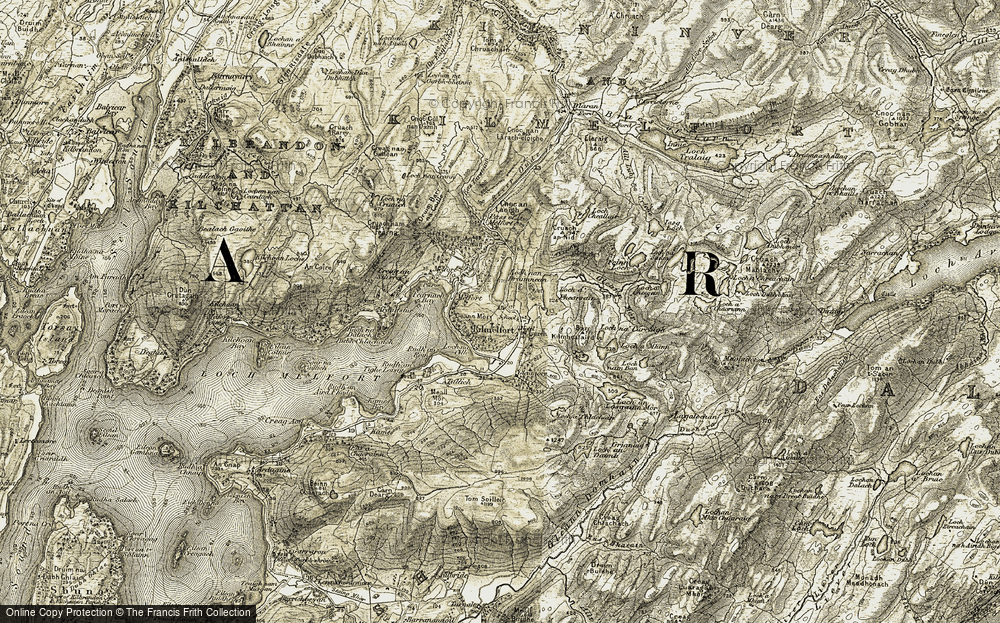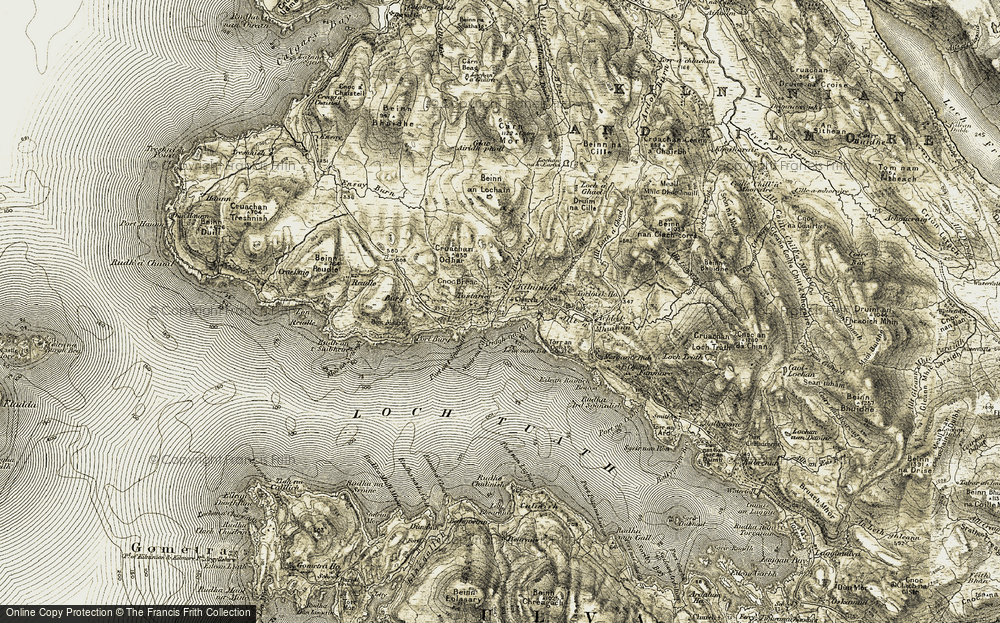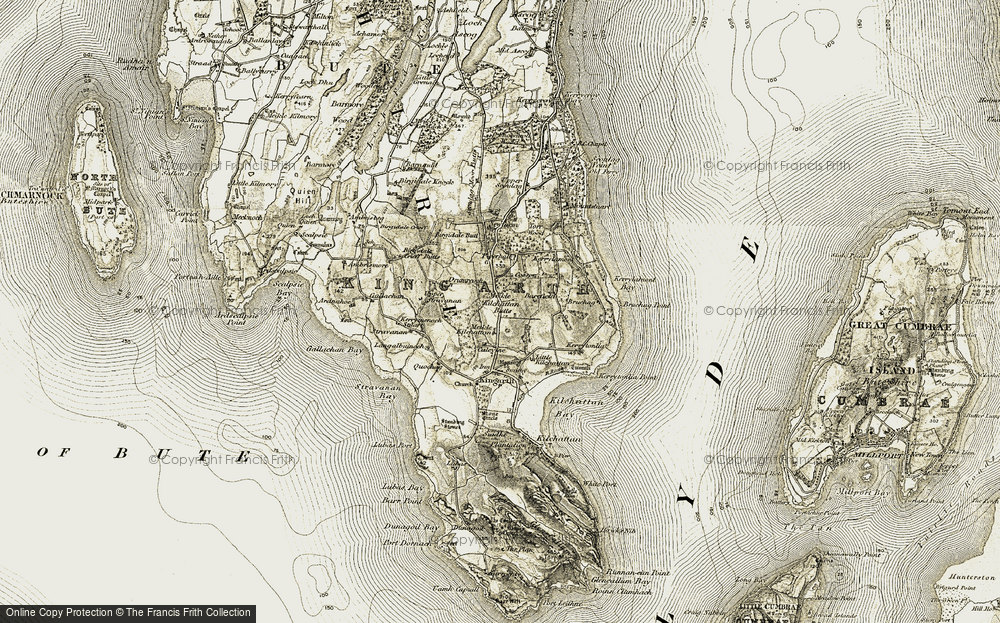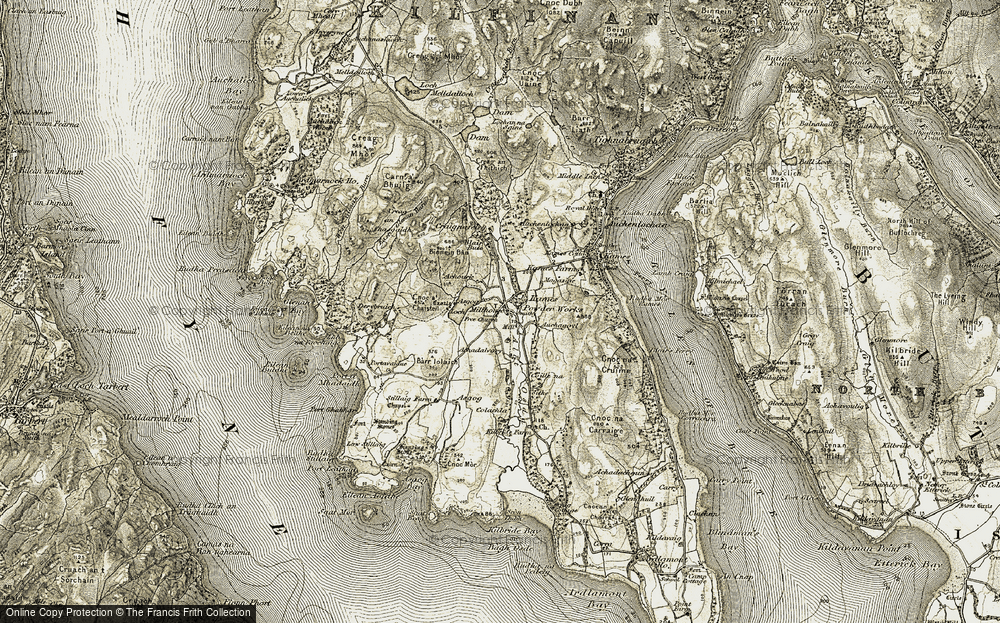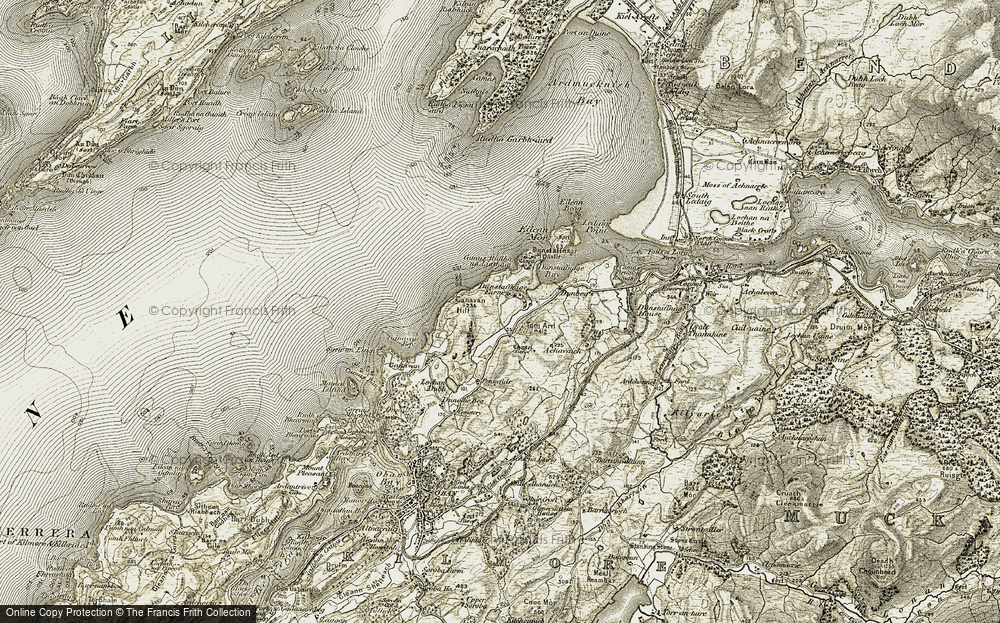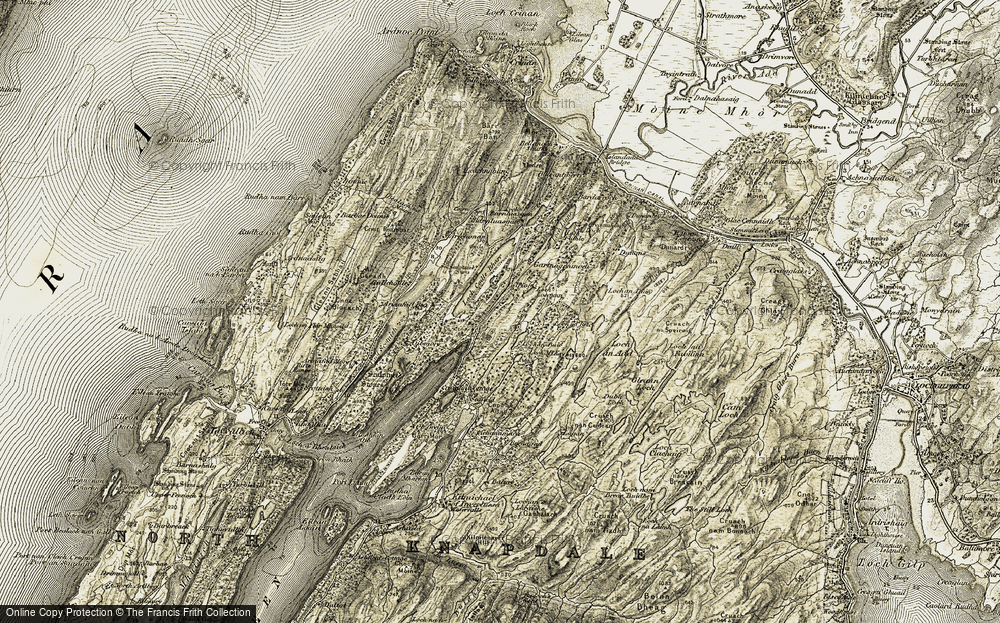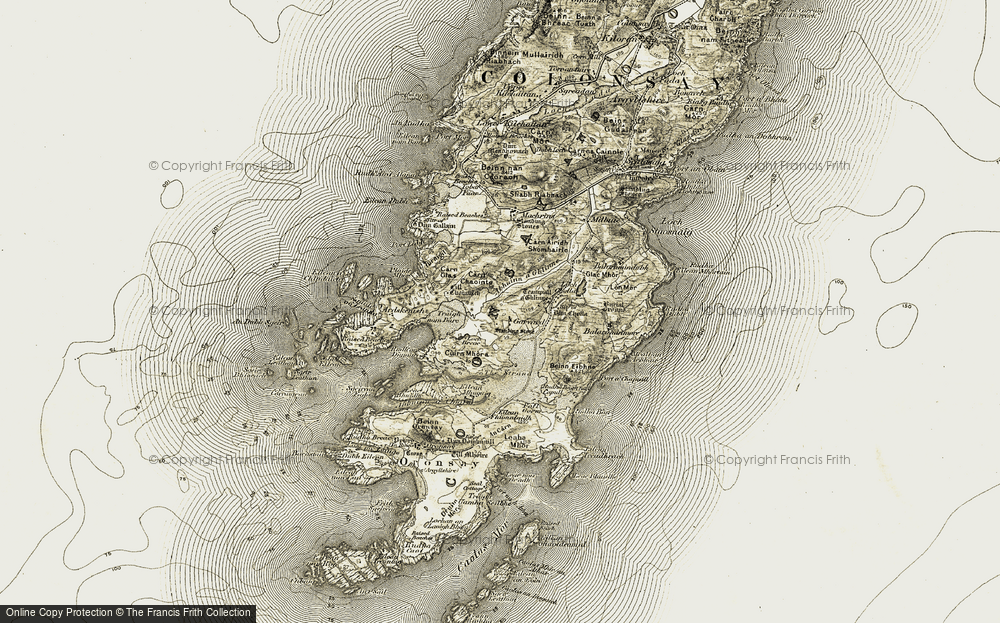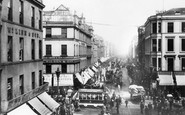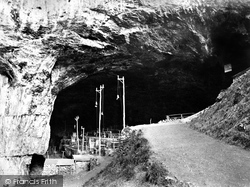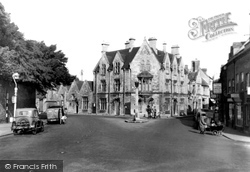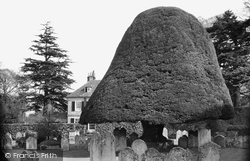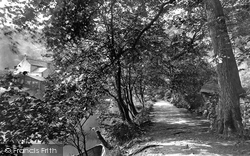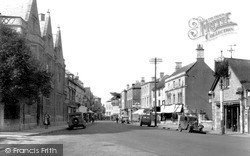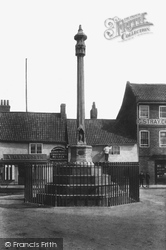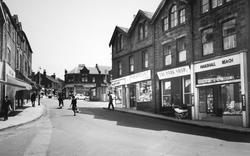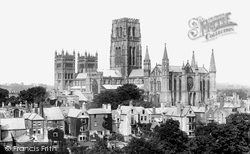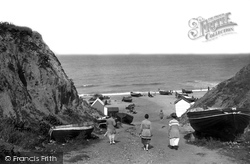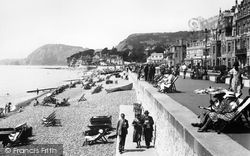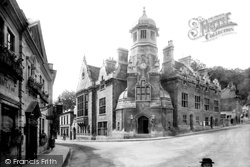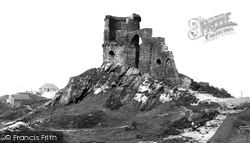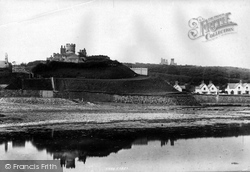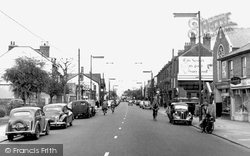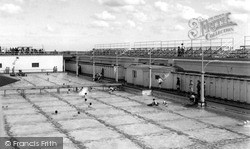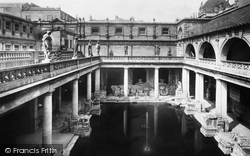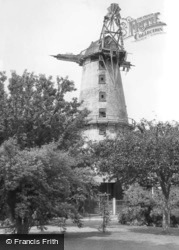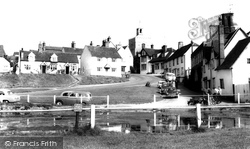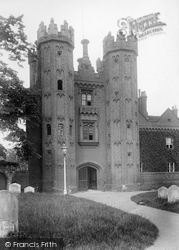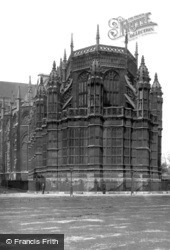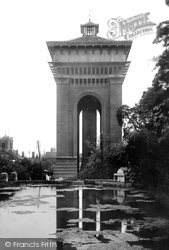Places
Sorry, no places were found that related to your search.
Photos
Sorry, no photos were found that related to your search.
Maps
1,353 maps found.
Books
3 books found. Showing results 433 to 3.
Memories
2,048 memories found. Showing results 181 to 190.
Childhood Holidays
I will never know why, but we used to take the train to Lundin Links, and then taxi to Lower Largo. I don't know when these holidays started (I was born in 1957 and there are certainly photos of me around 3 years old). ...Read more
A memory of Lower Largo in 1965 by
Cooksons Leadworks Part 2
1965. During my time working here I carried out a number of different jobs, one was to make Zinc ingots, my shift would start with my furnace fired up and there next to it would be my "charge" this would be a pile of old ...Read more
A memory of Newburn in 1965 by
Aberbargoed
I was born in Pill, Newport, Mon, in 1938 and with my grandmother Charlotte Selina Jane Rossiter used to visit relatives in Aberbargoed. As in other memories, I shall never forget passing beneath the endless drums in the air ...Read more
A memory of Aberbargoed in 1940 by
Old Southall Remembered
I lived in old Southall (Norwood Road - Norwood Green end) during the 1960s to the 1990s and have seen great changes. I went to school at Clifton Road, and the school had a great Headmaster, Mr Hancock, for a while. One ...Read more
A memory of Southall
919 Argyle Street 1961 To 1966
My grandparents lived at 919 Argyle Street for many years and as a child my mum, sister and I lived with them, it was cramped, very cramped, and when I had mumps I slept in grannie's bed in the "hole in the wall" and ...Read more
A memory of Glasgow by
The Fleetwood I Left Behind
I was born in Fleetwood in 1947 but seemed to oscillate between there and Malaya for a number of years up to the age of 12 just before dad died. My first memories are of starting at Stella Maris convent and then ...Read more
A memory of Fleetwood in 1970 by
The Stone Family Of Margate
What wonderful memories I have of my childhood holidays in Margate. Reading others memories bring them all racing back. The children born just after the war were so lucky. Although we really had nothing as regards money ...Read more
A memory of Margate in 1880 by
I Lived In Midford
The family moved to Midford when I was 15 (1966)... We lived in The Laurels, as you go down Midford hill heading away from Bath our house was to your right over the valley.... I used to work in Bath (David Gregs) and rode a ...Read more
A memory of Midford by
Synagogue
Brynmawr, my home town, although I haven't lived there for nigh on 40 years, it's still home. I have good and bad memories of Brynmawr. I was always regarded as a blacksheep, rebel, so the bad memories are of my own making. But ...Read more
A memory of Brynmawr by
Happy Times In Collyhurst
I was born in Windsors Street, Collyhurst in 1950. I went to St Oswald's School and also walked with St James Sunday School. I remember Pop Henson, he married my mam & dad. I remember the docs Davey, Duguid and ...Read more
A memory of Collyhurst by
Captions
1,059 captions found. Showing results 433 to 456.
A closer view of the massive entrance to Peak Cavern, said to be the largest cave entrance in Britain.
The photographer who took this picture was positioned at the entrance to Cirencester railway station.
The mighty yew tree in Twyford churchyard has a 15-ft circumference and is thought to be the oldest clipped yew in the country.
The tree-lined walks by the side of the River Derwent known as the Lovers' Walks have been popular with visitors since the town became a tourist honeypot in the 19th century.
The Kings Arms Hotel (right), built in 1750, was a stop for the changing of horses and the collection of post on the London to Bristol route.
Was the East Midland's climate ever that good? Open-air swimming pools are probably the direct descendants of the sea-bathing craze that swept the country during the 19th century.
The hillside town of Yeadon lies to the north of Bradford, and is today perhaps most famous as the site of the Leeds-Bradford Airport.
Dedicated to Our Lord and St Mary the Virgin, Durham is considered to be the finest Romanesque church in Europe.
At East Runton you could walk out along broad stretches of beach and enjoy digging for fossils in the soft cliffs, a pastime made popular by the Victorians.
In the 1930s Sidmouth acquired a reputation as an upmarket holiday resort, not so much for its sea-bathing as for the tranquillity of its setting and the mildness of its climate.
The changing face of the Swan Hotel is displayed in the next sequence of photographs. The Town Hall was designed in 1855 by the Bath architect Thomas Fuller – he later emigrated to Canada.
Mow Cop could be said to be the birthplace of the Primitive Methodist movement, for it was here in 1807 that Hugh Bourne (1772-1852) and William Clowes (1780-1851) held their first meetings.
Situated to the west of Stratton, Bude Castle was built on a promontory by Sir Goldsworthy Gurney in 1850.
In the 1930s Sidmouth acquired a reputation as an upmarket holiday resort, not so much for its sea-bathing as for the tranquillity of its setting and the mildness of its climate.
Beyond Hounslow, the Great West Road divided into the two coaching routes leading to Bath and Exeter.
The Southend Corporation Swimming Bath on Western Esplanade was a popular feature of the town. 300ft x 75ft, it boasted a high diving board, platforms, chutes and springboards.
The Roman town of Aquae Sulis, now Bath, grew up at the point where the Fosse Way crossed the river Avon.
The Southend Corporation Swimming Bath on Western Esplanade was a popular feature of the town. 300ft x 75ft, it boasted a high diving board, platforms, chutes and springboards.
Today the size of this pub (built in 1938) reminds us that by the 20th century Hoylake had become a holiday resort.
This corn windmill is reputed to be the tallest in Norfolk, nine floors high. The boat-shaped cap is characteristic of Norfolk mills.
This must be the best- known view in Essex. Where would manufacturers of calendars be without it?
When the Deanery Tower was built in the latter part of the 15th century by Suffolk's Archdeacon William Pykenham, it was supposed that it would be the gateway to a palace.
The chapel, at the abbey's east end, was completed in 1512 after ten years of building work.
Designed be Borough Surveyor Charles Clegg, the 100ft building was opened amid greate civic pomp in 1882.
Places (0)
Photos (0)
Memories (2048)
Books (3)
Maps (1353)


